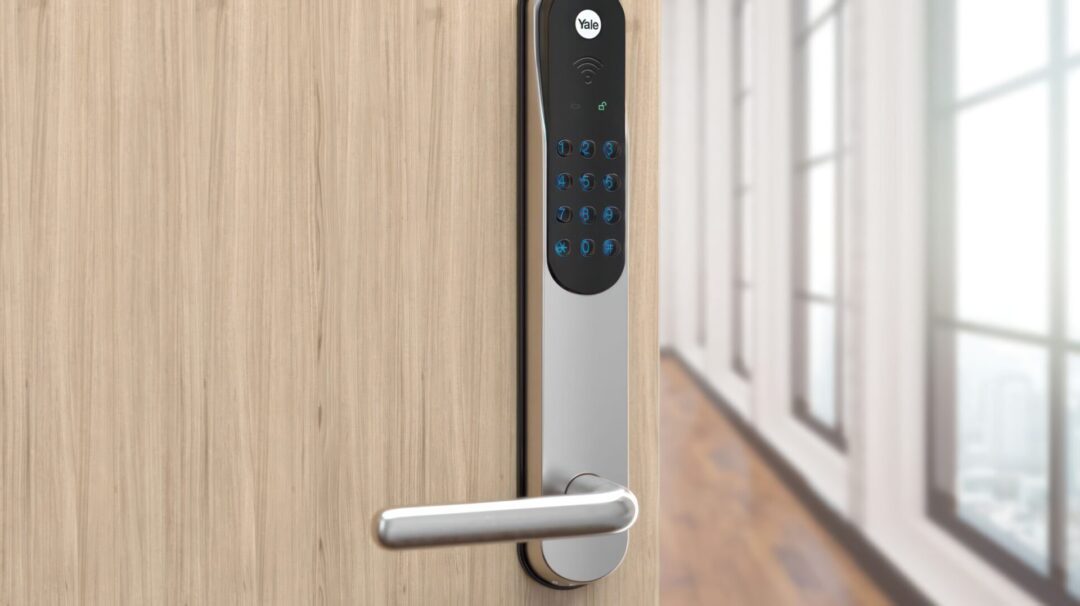If you have a smart doorbell, that in itself is very cool. But there’s really not much you can do with it unless you also have a smart door lock. Yale is the market leader in this area. The older model V2N has recently been renamed the Doorman Classic, and it has now received a long-awaited upgrade.
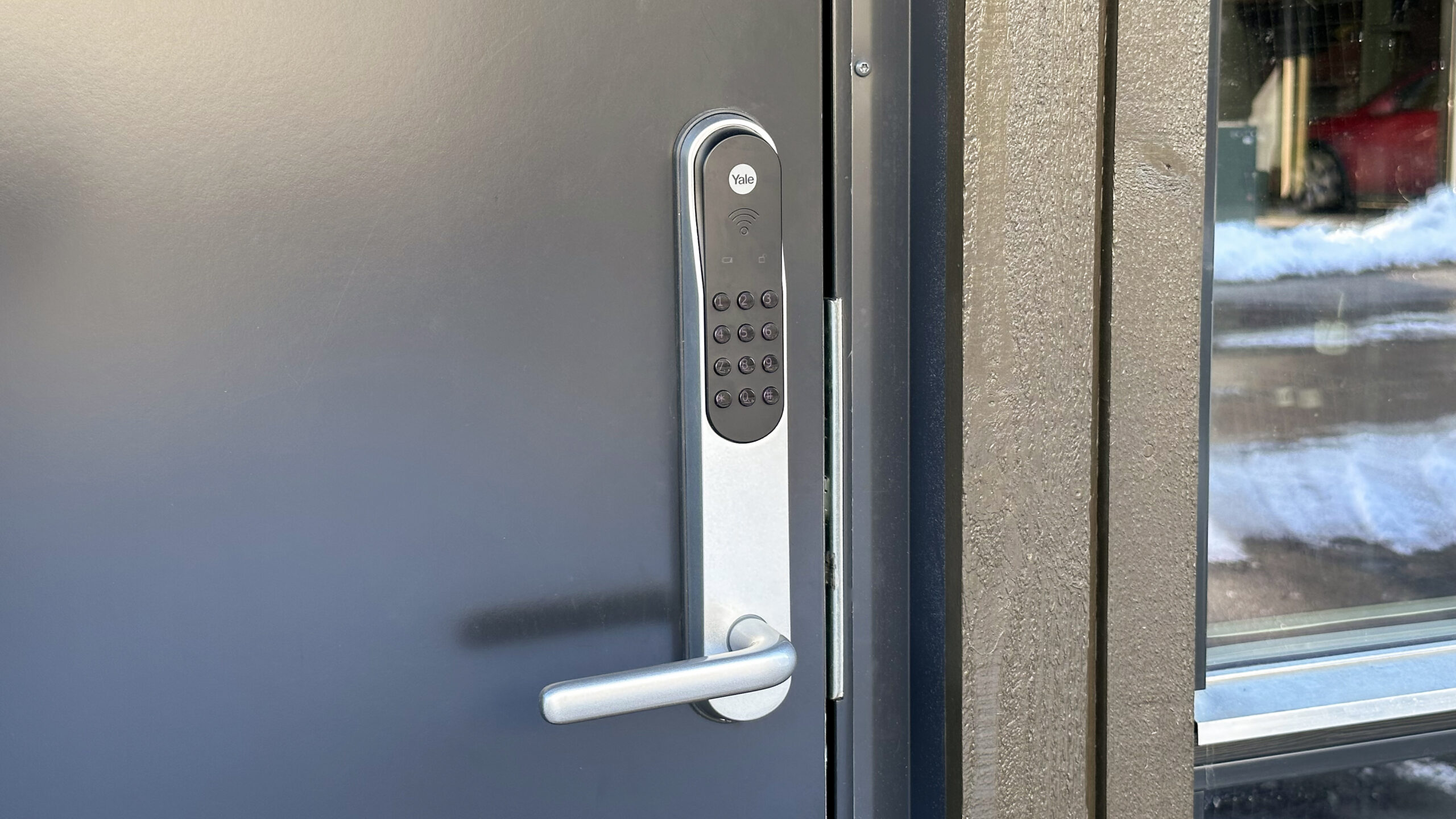
Complete set or individual parts
Together with the Connect Wi-Fi Bridge, your trusty lock can finally be connected to your home network and controlled with the Yale Access app, allowing you to perform many more tricks than before! The Connect Wi-Fi Bridge is available as the Yale Access Module + Yale Connect Wi-Fi Bridge for existing owners of Doorman V2 or V2N (now called Classic). Everything is included in the Connected kit we’re testing here.
The installation
If you’re lucky, installing Doorman is very easy, but it could be that the door is slightly the wrong thickness so you have to extend it, or the hole for the old door lock doesn’t fit the dimensions of Doorman, which can cover the hole on the underside but not the top, or vice versa.
I was lucky enough to have the distributor help me with the installation, but from what I could see, it looked easy enough. However, if you’re not very handy, it might still be a good idea to order installation together with the lock.
WiFi Bridge is set up in the app as soon as you have switched on the power. Select “Set up a device”, scan the QR code in the Bridge and follow the steps in the app from there.
Smartening up
Without a network connection, the old-fashioned Doorman Classic is just a “dumb” code lock. Yes, it’s integrated into the door handle in a nice way, and you can customise up to ten different user codes and use up to ten different key fobs if you’re the kind of person who doesn’t like entering the code.
But you can forget about opening it remotely if the postman comes to deliver a parcel when you’re not at home or if you want to let in the cleaner. Programming temporary codes isn’t difficult, but it’s a bit of a hassle and if you can’t be bothered to delete temporary codes used by strangers, it’s not very secure.
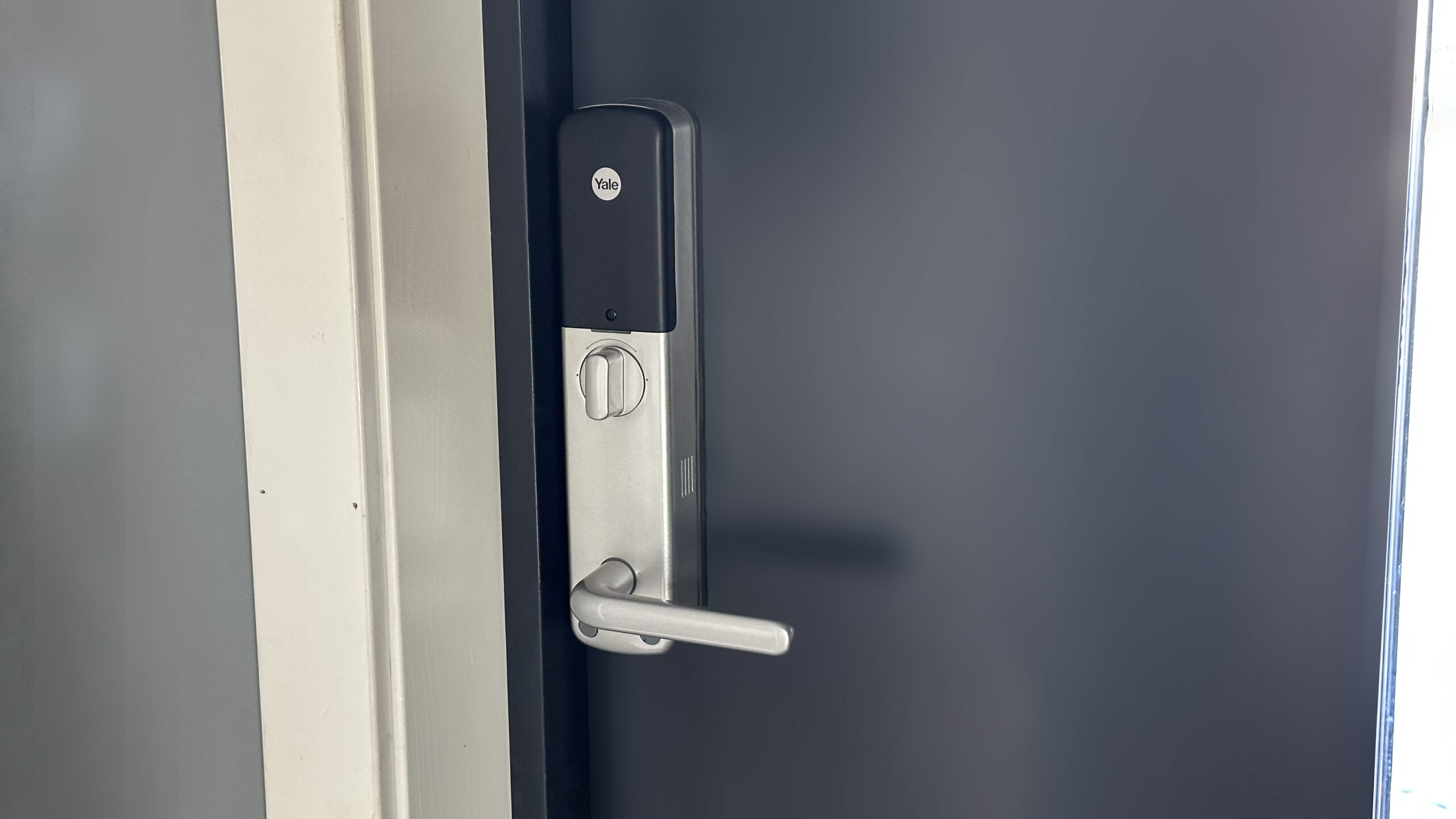
Connect Wi-Fi Bridge
The Access Module and Connect WiFi Bridge are the modules that make Doorman smart, and I recognise these from when I tested the Linus door lock. The Access Module plugs inside the door lock, while the WiFi Bridge plugs into the wall socket and connects to the home network via Wi-Fi. The two communicate with each other via Bluetooth.
Once connected, the WiFi Bridge can be used with the app and is also compatible with Google Home. Just keep in mind that the Google Assistant requires its own four-digit code that you must respond with to operate the lock.
The main difference between Linus and Doorman, by the way, is that Linus connects to the outside of your existing door lock, while Doorman replaces both the door lock and the door handle. The advantage of Linus is that you can use your existing key and it doesn’t change the outer facade. Made for apartments in residential apartments. Doorman, on the other hand, is a more elegant solution.
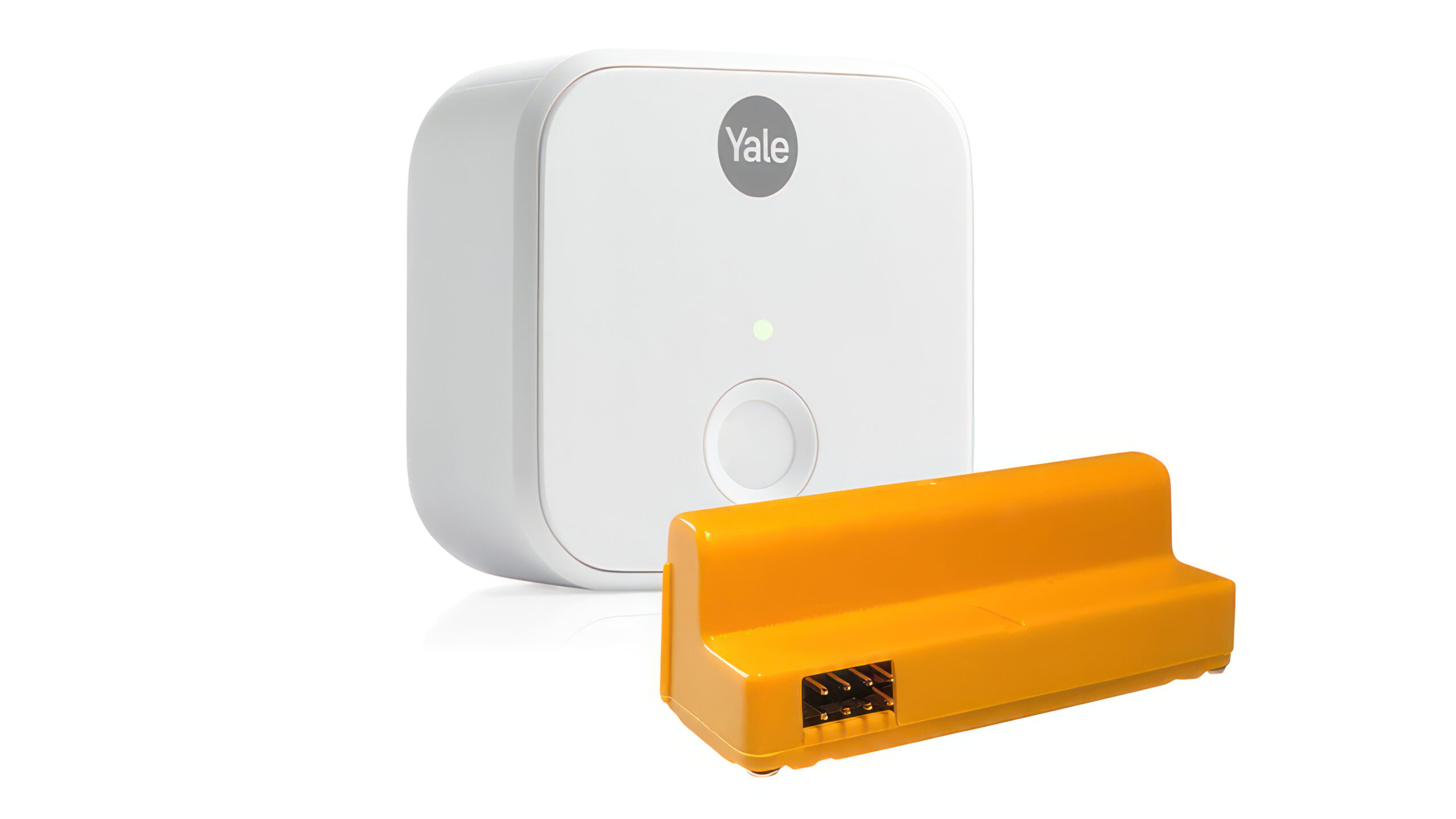
Set routines
With the app, you can set up routines, such as having the Doorman Classic lock the door automatically when your mobile phone comes within a certain distance of the house and vice versa; unlocking when you are nearby and on your way home.
You can ask to be notified when the door has been locked or opened manually or when a specific user has done so. Get notified if the door is open or if it has been locked automatically.
When opening the lock from the mobile app, you can choose whether the app requires facial recognition or a code, or nothing.
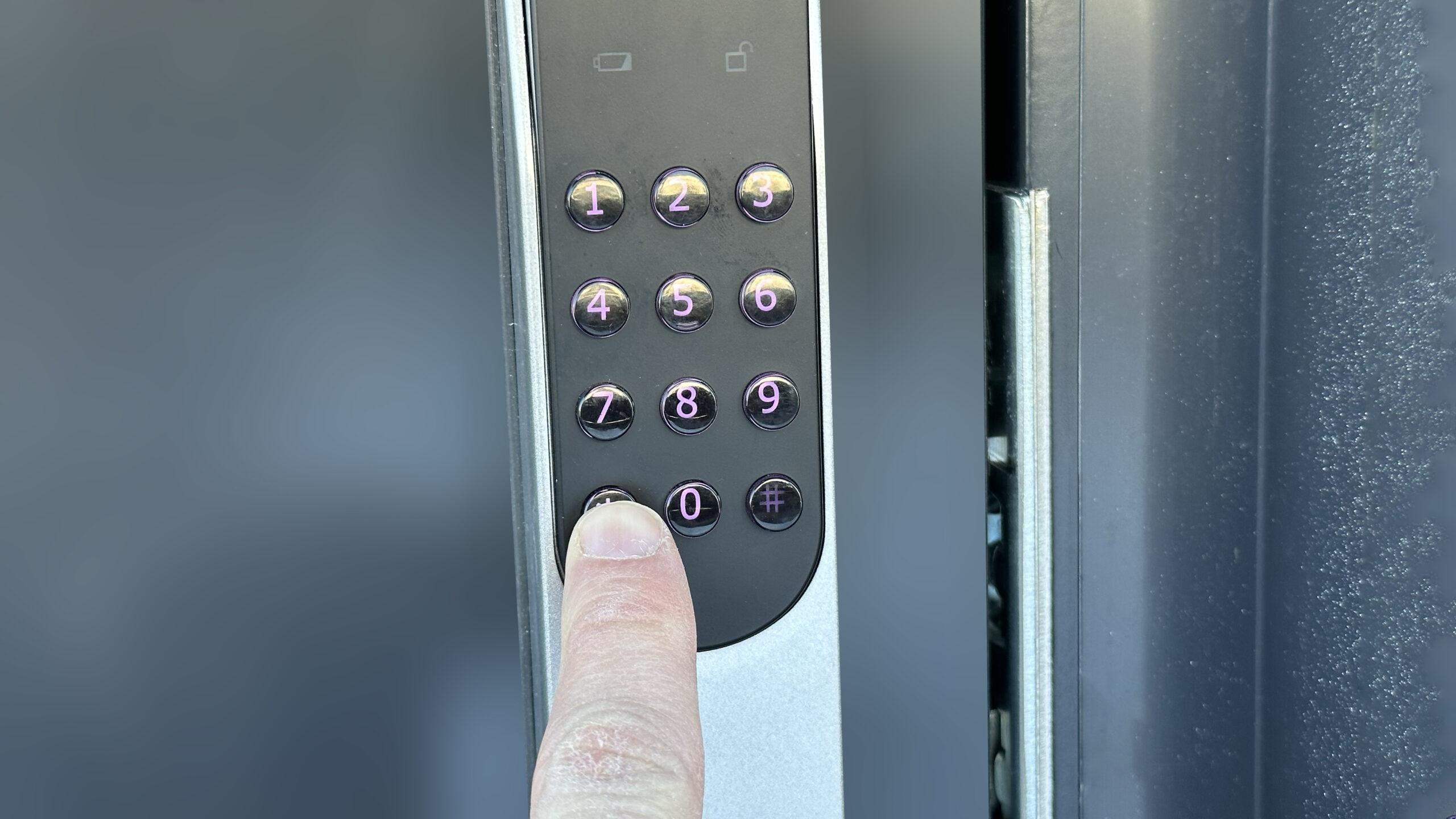
A fabulous lock
I’m really happy with both the look of the lock and the door handle, and the feeling of quality when I handle them. The mechanics glide super-fine; there’s nothing that feels cheap here. Aluminium all the way!
The code lock on the Doorman Classic has to be six digits, which is a bit cumbersome. It’s obviously more secure than four digits, but I’d still like to have the choice. But this apparently has to do with security certifications.
I particularly like the fact that Doorman can automatically lock the door when I leave the neighbourhood and unlock it again when I’m almost home. That way I don’t have to bother with any code locks at all. It was also possible to make Doorman “smart” before now, but not in this way. It’s much more elegant now.
One year battery life
The two AA batteries in the Doorman Classic should last for about a year. This requires that you use alkaline batteries, not rechargeable 1.2 volt batteries.
If the batteries run out while you’re out and you can’t get in, Yale has done something clever: equipped the door handle with two terminals on the underside. Here you can connect a 9-volt battery so you can easily open the door and get in. Then you can change the batteries.
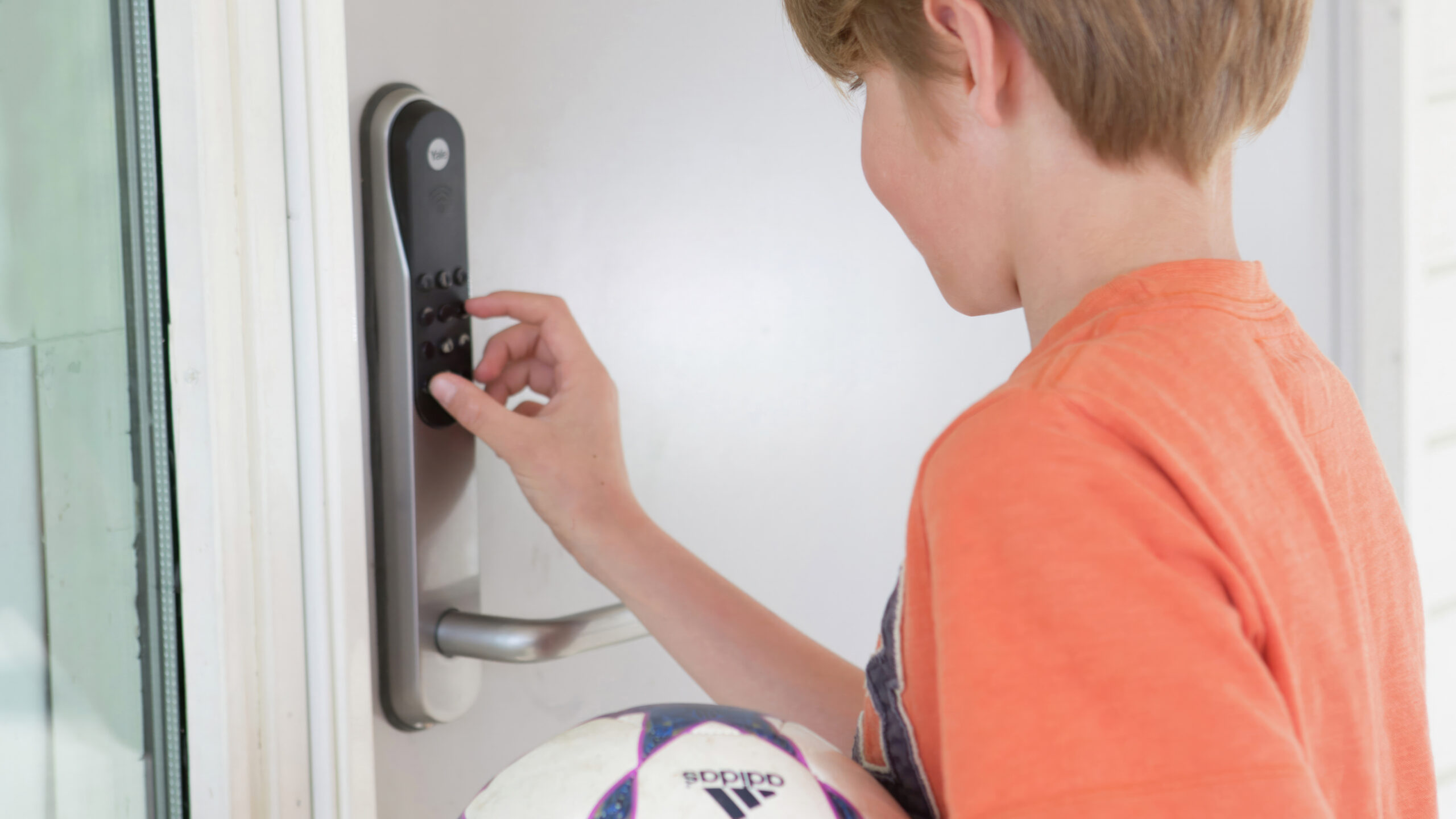
Conclusion
Yale Doorman Classic is a smart lock for those who want an elegant code lock integrated with an attractive and sturdy door handle. And you want to be able to open and lock the door remotely from an app or with the Google Assistant. Suddenly, you’re much more free to let people in, even when you’re not at home.
In the almost four months I’ve had the lock installed, I’ve never had a single problem with it. Whether you enter a code, open with your mobile phone or choose the automatic function. I wish I could create codes and enter code pieces directly in the app, but this has to be done manually on the code lock itself. But who cares; it’s not that important.
It’s clear that the Doorman Classic has been given a new lease of life. An elegant solution with many of the features of the high-end V3S model at a lower price.

470 €
Specifications
- Type: Smart door lock
- Lock management: App, numeric keypad
- Wireless: Wi-Fi (2.4 GHz), Bluetooth (4.0)
- Works with: Yale Access app, Google Home
- Power: Battery (4 x AA)
- Battery life: 1 year
- Guaranteed to operate in temperature range: -25°C to 50°C
- Waterproof: Yes
- Web: yalehome.com
